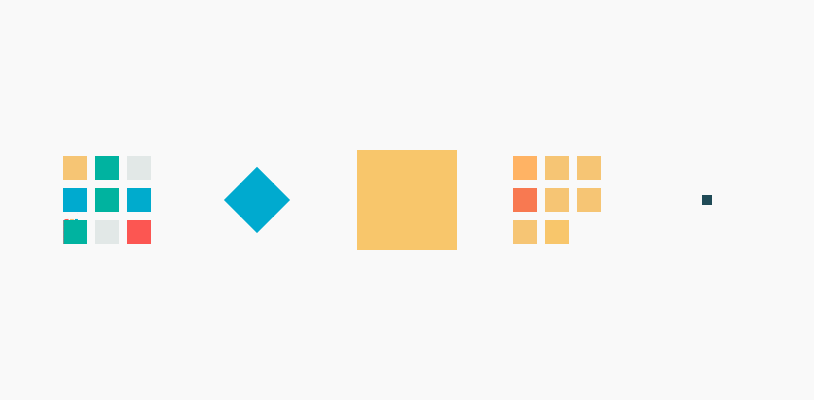顺序栈的实现
顺序栈的实现
顺序栈是一种基于数组实现的栈,它的特点是后进先出(LIFO)。在顺序栈中,所有的栈操作都是在栈顶进行的,栈顶元素是最后一个入栈的元素。
#define _CRT_SECURE_NO_WARNINGS 1
#include <stdio.h>
#include <stdlib.h>
typedef int SElemType;
typedef int Status;
#define OVERFLOW -1
#define ERROR 0
#define OK 1
#define MAXSIZE 100
typedef struct {
SElemType* base;
SElemType* top;
int stacksize;
}SqStack;
SqStack S;
//顺序栈初始化
Status InitStack(SqStack& S) {//构造一个空栈
//S.base=new SElemType[MAXSIZE];
S.base = (SElemType*)malloc(sizeof(SElemType) * MAXSIZE);
if (!S.base) exit(OVERFLOW);//分配失败
S.top = S.base;//栈顶指针等于栈底指针
S.stacksize = MAXSIZE;
}
//判断顺序栈是否为空
Status StackEmpty(SqStack S) {
//判断栈为空,返回OK;否则返回ERROR
if (S.base == S.top)
return OK;
else
return ERROR;
}
//求顺序栈的长度
int StackLenght(SqStack S) {
return S.top - S.base;
}
//清空顺序栈
Status ClearStack(SqStack S) {
if (S.base)
S.top = S.base;
return OK;
}
//销毁顺序栈
Status DestroyStack(SqStack& S) {
if (S.base) {
free(S.base);
S.stacksize = 0;
S.base = S.top = NULL;
}
return OK;
}
//判断栈满
Status isFULL(SqStack S) {
if (S.top - S.base >= S.stacksize)
return OK;
return ERROR;
}
//顺序栈的入栈
Status Push(SqStack& S, SElemType e) {
if (isFULL(S))
return ERROR;
*S.top++ = e;
return OK;
}
//顺序栈出栈
Status Pop(SqStack& S, SElemType& e) {
if (!StackEmpty(S)) {
e = *(--S.top);
return OK;
}
return ERROR;
}
int main()
{
InitStack(S);
SElemType e;
scanf("%d", &e);
while (e != -1) //入栈 输入1 2 3 4 -1 终止循环
{
Push(S, e);
scanf("%d", &e);
}
int len = StackLenght(S); //长度 4
printf("%d\n", len);
while (!StackEmpty(S)) { //出栈 输出4321
Pop(S, e);
printf("%d", e);
}
}
- 感谢你赐予我前进的力量
赞赏者名单
因为你们的支持让我意识到写文章的价值🙏
本文是原创文章,采用 CC BY-NC-ND 4.0 协议,完整转载请注明来自 咕噜
评论
匿名评论
隐私政策
你无需删除空行,直接评论以获取最佳展示效果





